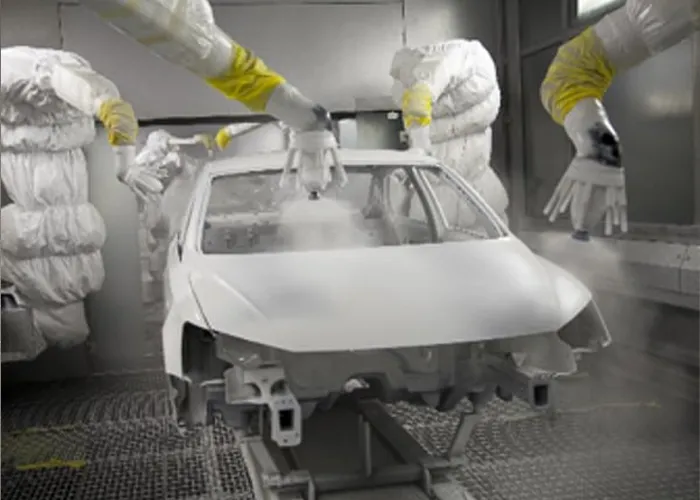PWIS background
PWIS background
THE HISTORY OF PAINT WETTING IMPAIRMENT
The phenomenon of paint wetting impairment is largely related to the wet paint system used, i.e. the type of paint. There have been a number of developments in the past that have led to an intensification of the basic problem of paint wetting disorders.

WATER-BASED COATINGS – THE DISADVANTAGES
WATER-BASED COATINGS – THE DISADVANTAGES
Although VOC emissions have been reduced by the introduction and further development of water-based coatings, this change in coating technology has brought with it a number of drawbacks. For example, water-based coatings dry more slowly than the previous, highly solvent-based lacquers. This generally requires a higher heating requirement and therefore higher energy consumption during the drying phase.However, the problem of paint wetting impairment in particular has been increased by the introduction of water-based coatings. Due to the low proportion of volatile solvents, water-based coatings can only absorb and dissolve impurities on the bodywork or other surfaces to a moderate extent. Water-based coatings therefore react more sensitively to all contaminants, which can impair uniform wetting with the liquid coating due to their low surface tension.
